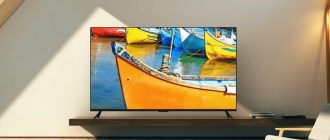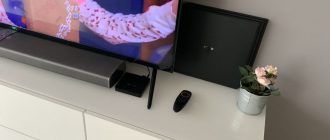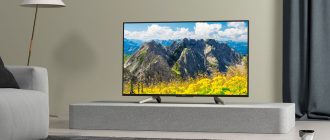
With the support of our partners, we have compiled an honest ranking of the 15 best microscopes for different types of research and categories of people.
Not a single activity related to medicine, radio engineering, metallurgy and other practices can do without a microscope. And for the laboratory, the microscope is an indispensable equipment.
The choice of a microscope should be approached scrupulously, since the result of research depends on its quality and accuracy.
- Criteria for choosing a microscope for a laboratory
- How many eyepieces are better: one, two or three?
- Magnification: useful and useless
- What type of focus should you prefer?
- Backlight types
- Best microscopes for a child
- The best educational microscopes for schoolchildren and student
- The best microscope for the laboratory
Criteria for choosing a microscope for a laboratory
Choosing a microscope is not an easy task that has many subtleties. There are a number of general parameters to consider:
- Number of eyepieces
- Lens quality
- Ergonomic
- Availability of additional accessories included
How many eyepieces are better: one, two or three?
Be sure to complete the microscope with one or a pair of eyepieces of 5-10x magnification. Professionals are advised to purchase 15x or 20x eyepieces for magnifications over 1000x. In addition, important characteristics of eyepieces are:
- Line of sight. Distinguish between wide-field, extra-wide-field and ultra-wide-field eyepieces. The latter are the most expensive, although when using an apochromatic objective, even wide-field eyepieces are able to provide a high-quality image.
- Landing diameter. It should match the diameter of the eyepiece tube. The most common diameters are 23.2, 30 and 30.5 mm.
- Removal of the pupil. The greater this indicator, the greater the distance the eye can be removed from the eyepiece during observation.
Magnification: useful and useless
Distinguish between useful and useless microscope magnification. The first allows you to reveal new details of the structure of the object under study, and in the second it is impossible to detect new components, even increasing the object hundreds of times.
What type of focus should you prefer?
The focusing mechanism is designed to adjust the sharpness of the picture. There are such types of focusing:
- Rough. Used to set the standard value. It is carried out by small handles located on either side of the tripod.
- Accurate. It is carried out by several small handles that move the table to the object 0.01-0.05 mm.
Backlight types
A high-quality image ensures accurate results and efficient work. There are three categories of backlights:
- Incandescent lamp. One of the simplest and cheapest lighting options, however, a warm shade distorts color rendition, and radiation can damage the structure of cells.
- LED - lamps. Modern lamps that allow you to control the intensity of light.
- Halogen lamp. Used to work with a binocular medical microscope. Has a bright glow.
Best microscopes for a child
LEVENHUK LabZZ M4
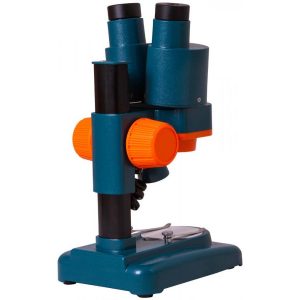
Microscope Bresser Junior 40-640x

LEVENHUK LabZZ M101
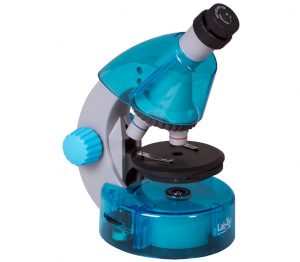
Celestron 40x – 600x microscope
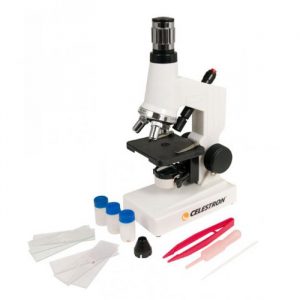
The best educational microscopes for schoolchildren and student
The best microscope for the laboratory
